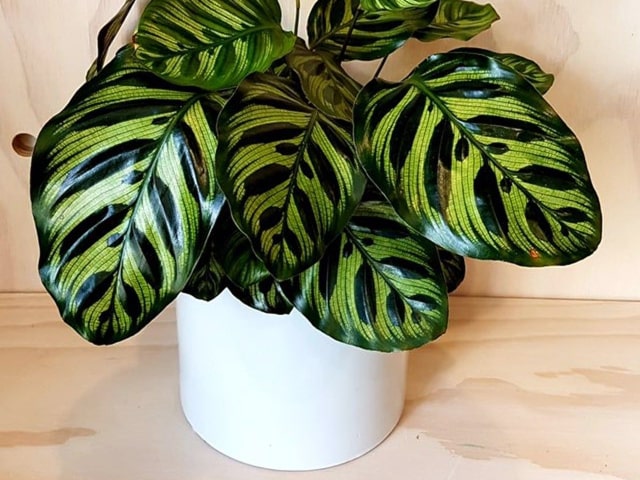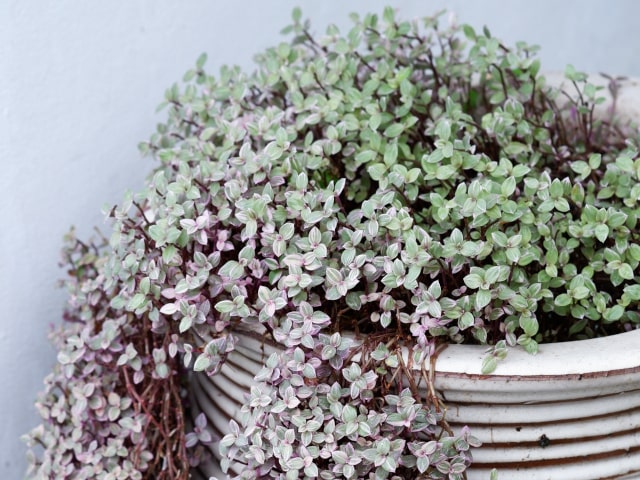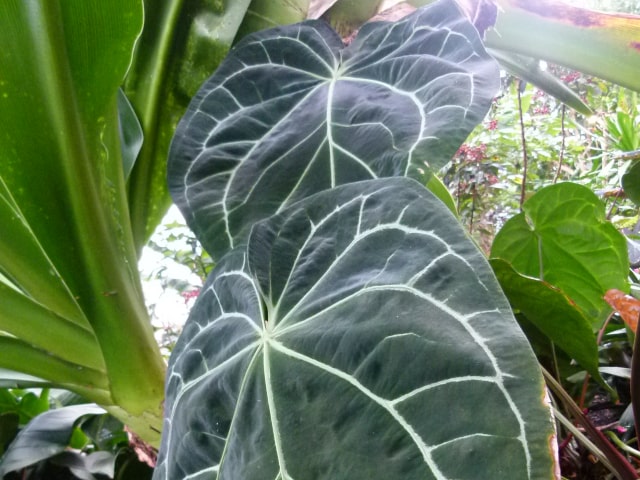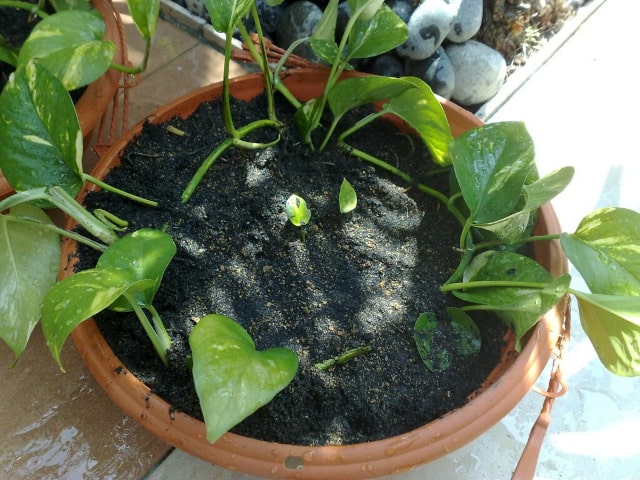
Peacock Plant (scientific name Calathea makoyana) is a variety of Calathea plants. It is a gorgeous plant known for its foliage. It is a popular houseplant you can grow indoors to a great success. If you take a good care of it and if you provide it with proper growing conditions it can truly make a great addition to your home.
Basic Plant Facts
Peacock Plant (Calathea makoyana) is also known under the name Cathedral Windows. This is a beautiful plant known for its gorgeous foliage. The plant originates from Brazil and it is a popular houseplant in the West.
This is a tall, slender topical plant. It can grow around 2 feet in height if you take a good care of it. With the right care, it will truly become a colorful addition to your home. However, just like other Calathea plants, Peacock plant can be a bit demanding. Keep this in mind if you wish to grow this plant in your home. At the same time, this plant can truly thrive indoors as long as you provide it with adequate growing conditions.
A good thing about this plant is that it's not toxic to pets (cats and dogs) so you can keep it in your home alongside your pets.
Gorgeous Foliage
Just like most of the other varieties of Calathea plants, Peacock plant is known for its gorgeous foliage. The foliage is known for their bold markings and unique colors, so this plant truly makes an attractive addition to your home.
This plant is beautiful and elegant. Many people say that it resembles a peacock's tail, hence the name. The leaves of this plant are pale green with dark green markings. These markings have a feathered effect and spread from the middle of the leaf to the outer edges. It gives the foliage a very striking appearance and this is one of the main reasons why Peacock plants are so beautiful.
The new leaves grow in a somewhat unusual way. They are rolled up as they grow so you can see the undersides of the leaves, which are pink and red in color. It will give your Peacock plant yet another colorful effect.
It is understandable that you'll want to display your Peacock plant somewhere where everyone can see its wonderful foliage and beautiful colors. However, keep in mind that this plant should never be grown in direct sunlight. Place it somewhere with moderate to low light. Too much light will make the markings on the leaves go pale, which may affect their appearance.
Caring for Your Peacock Plant
Since this is a tropical plant it requires plenty of humidity. This is crucial for your success at growing Peacock plant in your home, so keep this in mind. You will probably need to mist it regularly or even invest in a humidifier to provide your Peacock plant with all the humidity it needs. When misting, make sure to use only distilled water or rain water. Never use tap water for misting since fluoride in the tap water can cause serious damage to the leaves.
Another thing to keep in mind is that you need to keep the soil moist at all times. This is why it's best to keep your Peacock plant somewhere where you can water it and mist it without much trouble.
As you can see, Peacock plant requires just the right levels of moisture and humidity to thrive. As such, it is a demanding plant so it might not be good for beginner gardeners or those who want to have a more hands-free approach. However, it is possible to make your Peacock plant grow strong and healthy if you invest time and effort into good care. This is a time well spent so it's worth it!
One thing that may help with caring for your Peacock plant is to always start with a plant that is completely healthy. This is why it's important to choose the right one from a garden center or nursery. A healthy plant will grow more easily and you will be able to make it thrive as long as you provide essential growing conditions to it.
Here are the conditions you need to provide to your Peacock plant:
- Soil. Your Peacock plant requires soil that can hold moisture well and provides good drainage. Perhaps the best option to use is a potting mix consisting of 2 part peat and 1 part perlite or sand.
- Light. All Calathea plants can benefit from indirect light and Peacock plants are no exception. It is important to protect your Peacock plant from strong, direct light. It can cause damage to the leaves and make the markings on the leaves fade. On the other hand, low light will slow down the growth of you plant so it's important to provide balance. Bright yet indirect light seems to work the best for these plants.
- Temperature. Peacock plants prefer temperatures between 60 degrees F and 75 degrees F (15 and 24 degrees Celsius). You should never keep your Peacock plant in a room that has a lower temperature than 60 degrees F (15 degrees Celsius). Also, it is very important that the temperature is constant and without cold drafts or sudden temperature changes.
- Humidity. Peacock plants, just like other Calathea plants, prefer high humidity levels. They grow in moist areas in their natural habitat and they need plenty of humidity. You can try raising humidity levels of your plant by misting the leaves. Another good trick to use is to seat the pot on a tray of pebbles with some water inside. However, this might not be enough so you might need to invest in a humidifier. In case the humidity goes down your plant will develop brown spots and edges on the leaves.
- Watering. It is important to water your Peacock plant thoroughly during the whole growing season. It is also vital to provide good drainage. However, you need to reduce watering during the winter.
- Fertilizing. It is important to fertilize your Peacock plant with a diluted liquid fertilizer once per 2 weeks. Do this throughout the growing season, from April to October. It is important to stop fertilizing in the winter.
Repotting and Propagation
You will need to repot your Peacock plant once every two years. It is best to do this in spring. This is also a good time to propagate your plant, if this is what you want to do. Propagation should always be done during repotting.
Peacock plant, just like other Calathea plants, is best to be propagated by division. Do it when the plant is large enough so you can easily separate different clumps of stems with roots. Pot different divisions in separate pots. Cover them with polythene until they develop new growth. This will provide enough warmth and humidity for divisions. Once you spot them growing you can uncover them and provide regular Peacock plant care to them.




5 Comments
I found this when looking for why my leaves are browning when I've been taking very good care of my plant and realized it could be because I was misting with tap water. I've switched to distilled and wondering if the leaves that have browned on the edges will become green again or need to be clipped?
I just repotted mine, it has these little potato looking roots, is it supposed to look like that?
I bought mine off a lady online, she said mist it to keep the leaves good. I've had it a month & mist with tap water. She didn't say other, it's fine & growing lovely. I have it next to my TV & part light. Really pleased with it.
Looking for something similar to the leaves of the Peacock Plant. Typically the dark green is more dominant and with red veins. I see it in florists but usually with other plants. When I've bought them this way they die easily. My sister has one in CA, I'm in NY, and when I stayed with her the plant drooped during the day and really perked up at night with the leaves parallel to the floor. No one remembers the name of it. Please help!